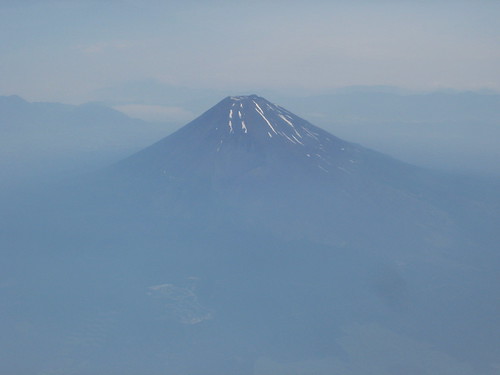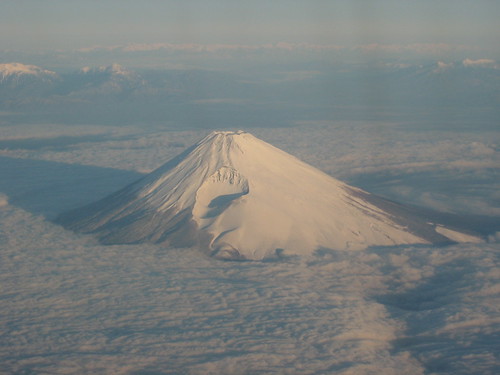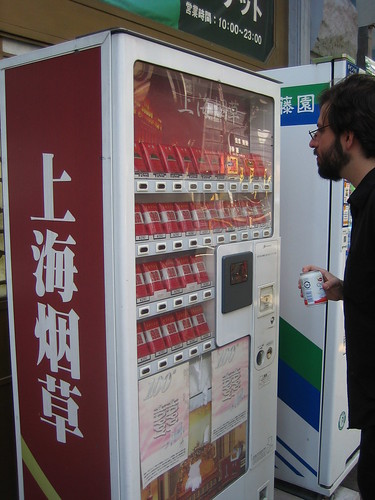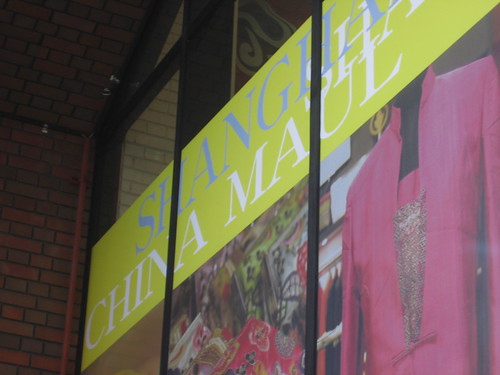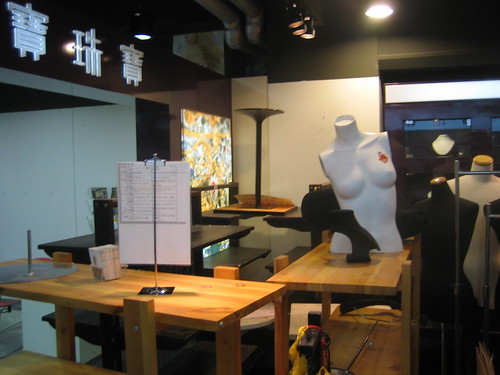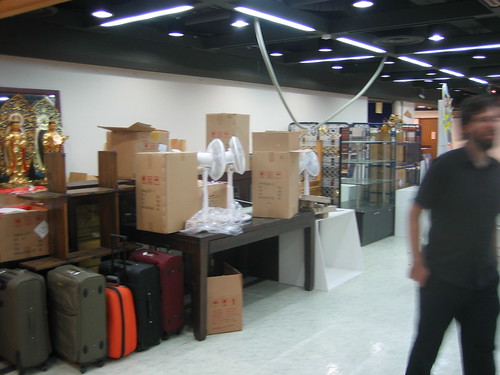In January 2000, the Ministry of Land, Infrastructure and Transport released a detailed study on how the Tokyo mass transit network could be expanded over the next 15 years. (Japanese text is here.) Many of the ministry’s suggestions have since been fulfilled, including the completion of the Oedo Line, Saitama Rapid Railway, Tsukuba Express, Nippori-Toneri Liner and Fukutoshin Line. But there are still a number of lines which have yet to be finished, and here are the most likely candidates to be built:
- Narita Airport Railway
Under construction – opening in 2010
This is probably the best-known railway project under development in the Tokyo area, as it has been on the drawing board for about 25 years (roughly since the cancellation of the planned shinkansen to Narita) and is finally under construction. It provides a more direct route from central Tokyo to Narita Airport by extending the existing Hokuso Railway line through the outskirts of Narita City. The line is expected to make the Skyliner journey about 15 minutes shorter (36 minutes from Nippori as opposed to the current 51 minutes).
- Tohoku Line (Re-)Extension
Under construction – opening in 2013
This extends the Takasaki Line and Utsunomiya Line, which currently terminate at Ueno, southward to Tokyo Station. There will be no stops at the stations in between (Okachimachi, Akihabara and Kanda). The main goal is to draw traffic away from the Yamanote and Keihin-Tohoku Lines, which are both really overcrowded in this corridor. (Joban Line communities are also lobbying to extend their service to Tokyo Station, but this would be logistically more difficult.)
This line actually used to exist but was cut off in 1973 so that the Tohoku Shinkansen could be extended to Tokyo Station over the Tohoku Main Line’s right-of-way. Opening the connection again will allow through service with the Tokaido Line, similar to the existing connection between the Sobu and Yokosuka lines. The main obstacle is (as you might expect) local citizens’ groups, who are calling on JR to “stop the heat island” (whatever that means). Despite their protests, JR started construction earlier this summer and plans to build the line over the next five years (i.e., really really slowly).
- Yurakucho and Hanzomon Line Extensions
Proposed for construction by 2015
The Yurakucho Line extension would run from Toyosu to Noda City in Chiba Prefecture, following a roughly northward course through Sumiyoshi, Oshiage and Kameari in eastern Tokyo. The Hanzomon Line extension would follow a similar course (perhaps even using the same tracks) up to Yotsugi, but track off toward the east to terminate in Matsudo.
A few bedroom towns in Chiba and Ibaragi are lobbying to have these extensions built, but Tokyo Metro cut off its construction budget with the Fukutoshin Line project and is not officially planning to extend any other lines, at least for now. I really hope they get around to this, though, because the Joban Line is inhumanely overcrowded during rush hour, even with 15-car trains.
- Sobu-Keiyo-Keisei Connector
Proposed for construction by 2015
This would be a line from Shin-Urayasu on the Keiyo Line through Funabashi Station on the Sobu Line to Tsudanuma Station on the Keisei Line, hooking up the three main Tokyo-Chiba railway lines. The main purpose is to divert traffic from the overcrowded Sobu Line onto the less popular Keiyo Line; the main carrot for doing this would be through service with the Rinkai Line (and, by extension, the Saikyo Line), allowing direct service from Chiba to the major terminals on the west side of Tokyo.
This plan is apparently still on the drawing board, but sounds pretty promising given all the development going on around the Chiba waterfront. It would probably be good for foreign visitors to Disneyland and Tokyo Big Sight as well.
- Asakusa Line spur to Tokyo Station
Proposed for construction by 2015
The Asakusa Line runs parallel to the JR trunk lines that serve Tokyo Station, but stays a few blocks away inside the financial district. The plan is to build a Y-shaped spur off of the west side of the Asakusa Line which would connect the line to an underground platform at Tokyo Station.
Most significantly, this would open up a new direct route from Tokyo Station to both Haneda and Narita Airport, potentially putting Keisei and Keikyu in even more direct competition with JR for airport-bound passengers. There is some speculation (e.g. among Wikipedia) that the Tokyo government may build additional passing tracks on the Asakusa Line to allow for high-speed direct trains between Haneda and Narita, which would likely become more necessary as regional international flights are moved from Narita to Haneda.
- Kan-nana and Kan-hachi Lines
Proposed without a deadline
These two lines would go through the outer wards of Tokyo at a radius of about 10km from the city center, roughly following the paths of Kan-nana and Kan-hachi Streets. The major stops along this route would include Haneda Airport, Futako-Tamagawa, Ogikubo, Tobu Nerima, Akabane, Nishi-Arai, Kita-Ayase, Kameari, Aoto and Kasai-Rinkai-Koen.
The lines would provide train service to huge under-served portions of suburban Tokyo, but would likely be difficult and expensive to construct because of their length. There is also doubt regarding how this line would compete with the proposed Yurakucho and Hanzomon extensions, which would follow a similar routing in east Tokyo. I would vote in favor of these lines since I now live near the proposed corridor, but we’ll have to wait and see whether any funding comes out to build them.


